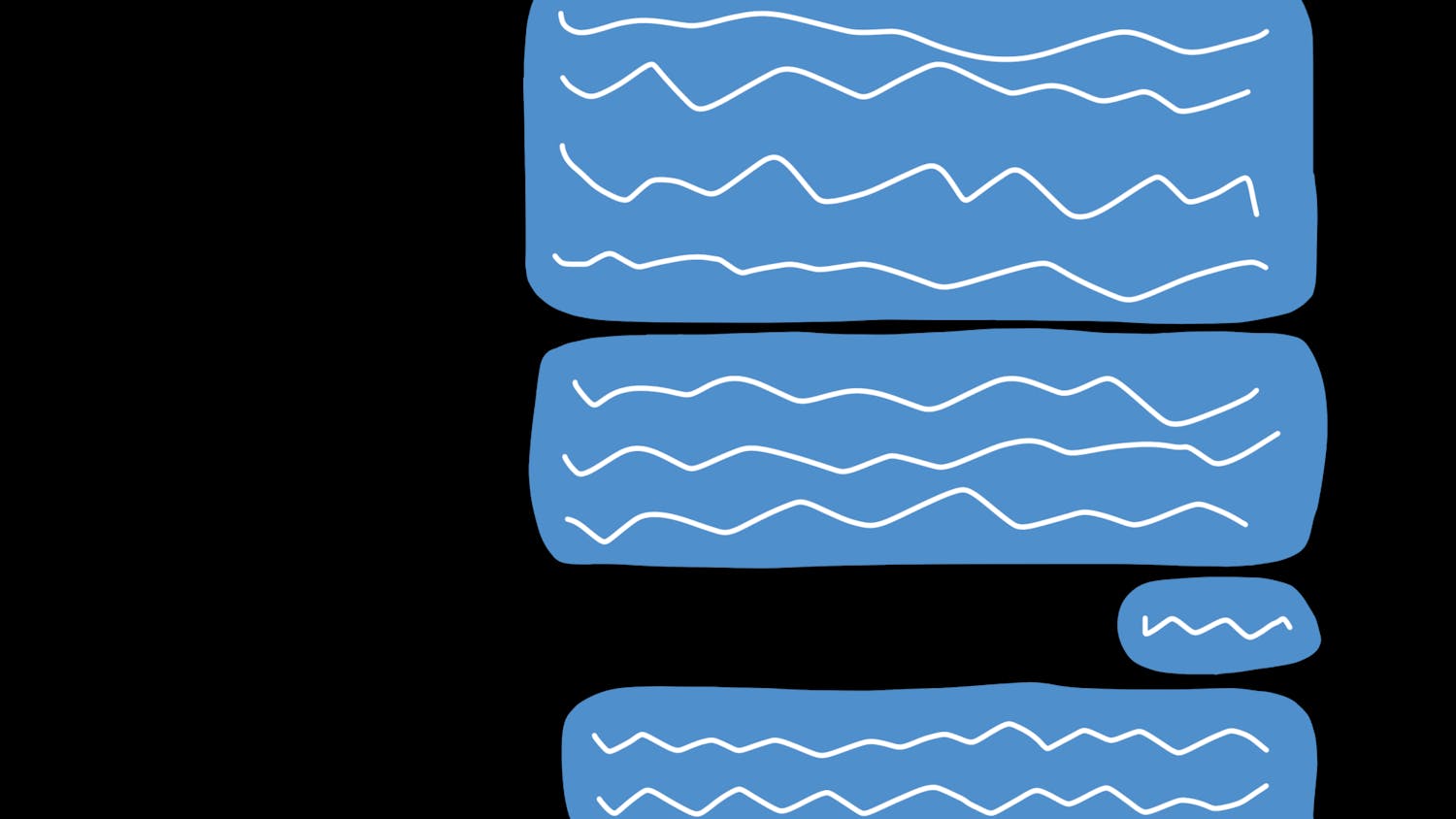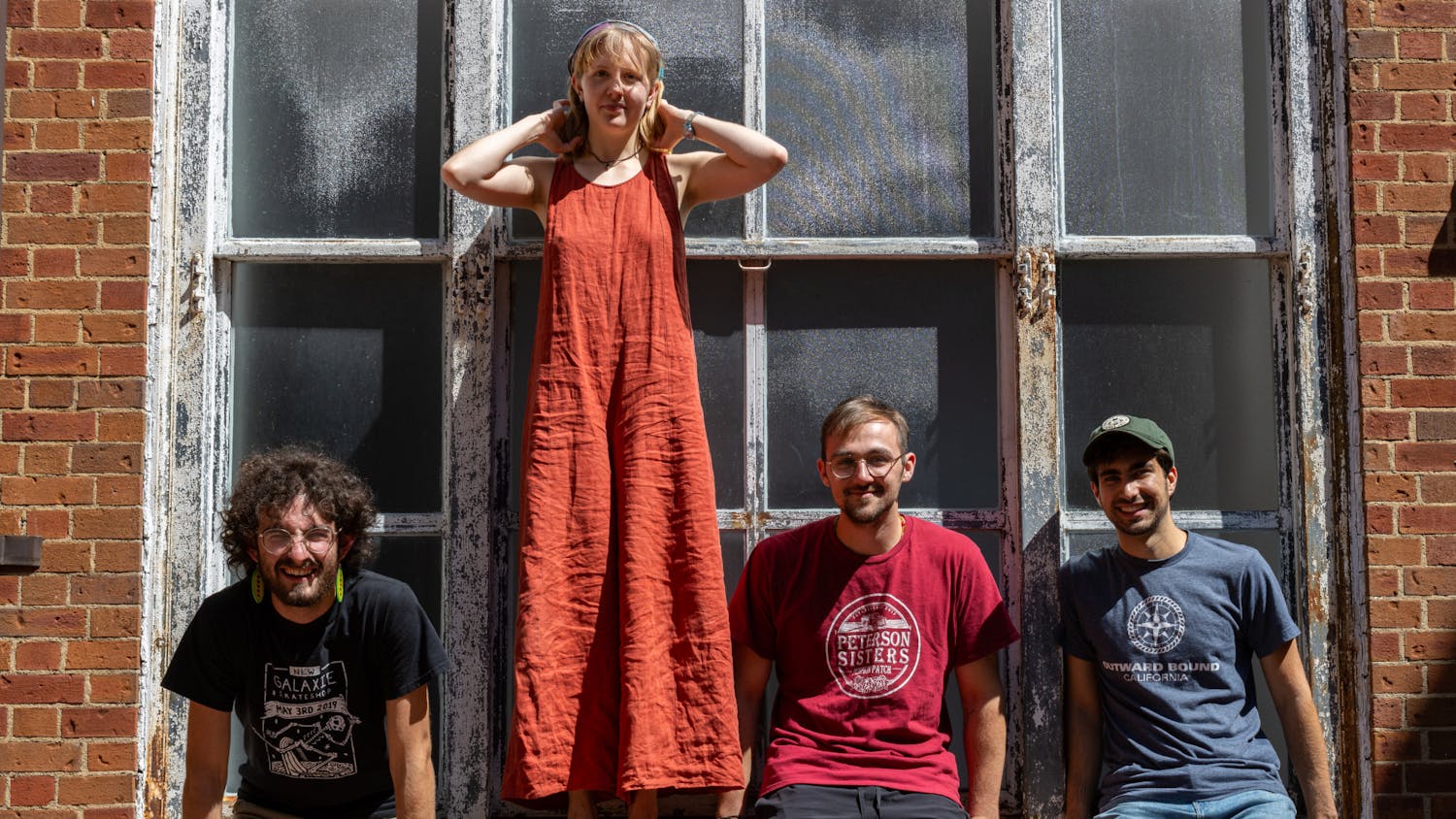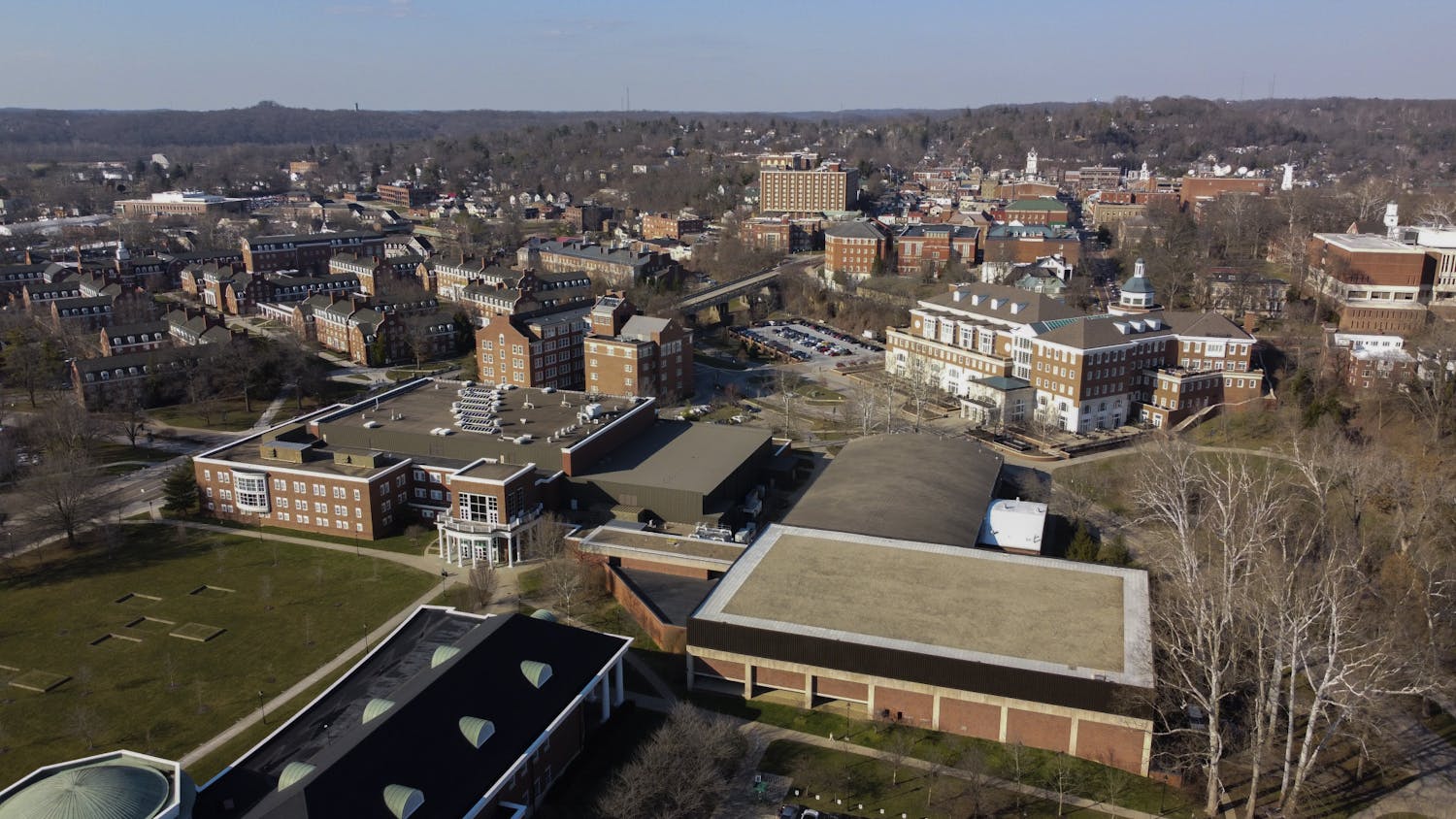Disney introduced the world to its first Polynesian princess the day before Thanksgiving this year.
"Moana" hit theaters on Nov. 23 and features the first Polynesian Disney Princess. Disney has brought different cultures to its animated princess movies, with movies such as "Pocahontas" and "Mulan," and while some seem to hold true to their origins, some feature historical inaccuracies.
The film "Mulan" is based off an ancient Chinese ballad, the "Ballad of Mulan," which was written in the fifth or sixth century. The ballad is the earliest story to feature Mulan, but it is not the only one in pre-modern Chinese history, Joshua Hill, an assistant professor of history with an expertise in Chinese history, said.
“The original narrative from this poem is relatively sparse, so there's considerable room for adaptation and expansion,” he said in an email.
In the "Ballad of Mulan," the title character takes her father’s place in a Chinese war and pretends to be a man for 12 years. The film takes the basic plot of the ballad, but has Mulan fall in love with one of her commanding generals. Hill said the film shows an overall change in Mulan’s demeanor and how people see her, which is not evident in the ballad.
“The film revolves around Mulan's quest to find out who she is and what she capable of achieving,” he said in an email. “That fits modern sensibilities, but is not evident in the original poem.”
Nicole Li, a sophomore studying communication studies, is from Tianjin, China. One aspect of the film that is in line with traditional Chinese culture, Li said, is how Mulan’s family wants her to find a suitable husband, and how Mulan strives to make her family proud, which she said is “the number one rule for (people who are) Chinese.”
“I remember, at the beginning (of the movie), the whole family wants Mulan to find (a) husband who is rich and has power,” she said. “I think this (resembles) an old Chinese story and how Chinese family asks the lady to get married.”
The "Ballad of Mulan" is in Chinese textbooks, Li said, and is “basic knowledge” for people who are from China. The film "Mulan" has been integrated into Chinese culture, and many people who are Chinese have seen the film, Li said.
“It’s more like nowadays what (society) want(s) ladies to do — to be powerful and do more things that men do, so I think that’s why they (show) it more than they did before,” she said.
Another Disney film that aims to introduce people to another culture or region is "Aladdin," which takes place in the fictional city of Agrabah, located in the Middle Eastern region of the world.
Ziad Abu-Rish, an assistant professor of history who specializes in the modern Middle East, said the story of Aladdin comes from "The Book of One Thousand and One Nights," which is comprised of a series of short tales. “Aladdin’s Lamp” is not featured in the original book — it was added in the French translation in 1710, which differs from the Disney animated film.
“In that first iteration, Aladdin is living in China and the sorcerer that uses him to get the magical lamp is from the Maghreb ... In the Disney version, we are given the sense that everyone lives in the same city (or) area,” Abu-Rish said in an email.
The film is said to take place in the Middle East which encompasses multiple ethnicities and cultures, but Abu-Rish does not believe the film represents any of the societies or groups of people in the region. He said "Aladdin" is more of a Western interpretation of the Middle East than it is a representation of the region.
“This is not unique of course to the animated film, as most Disney and other Hollywood-produced films do a poor job of reflecting realities in the region,” Abu-Rish said in an email. “There are a whole set of political, economic and cultural reasons for the high level of inaccuracy that have to do with the power dynamics between the United States and Western Europe, on the one hand, and the Middle East, on the other hand.”
Another Disney princess film that stems from historical events is "Pocahontas," which is about a Native American from the Powhatan tribe who falls in love with the Englishman John Smith. Pocahontas and John Smith were real people, Sarah Kinkel, an assistant professor of history, said. However, when the English arrived, Pocahontas was a child and did not have a relationship with John Smith, as portrayed in the Disney film. Pocahontas married an Englishman named John Rolfe, but that was after she was kidnapped as a teenager, Kinkel added.
A common aspect throughout different Native American tribes is the idea that kinship through marriage builds and strengthens alliances, she added.
“That marriage (of Pocahontas and Rolfe) does help to bring peace between the settlers at Jamestown and the Powhatan tribes, so it may be a political alliance, in that sense,” she said.
Kinkel does not think the film does anything to teach children — the target audience of most animated Disney films — about the real story of Pocahontas, and said it appears Disney was trying to rewrite history.
“It is a romanticized version of the story,” she said. “I’m surprised in a sense that they decide this would be an appropriate movie for children given the wider historical context of what we know happens to Native Americans for the next several centuries.”
Though she cannot say the film reinforces stereotypes, Kinkel said "Pocahontas" does exaggerate certain facets of Native American culture. One of those aspects is Manitou, which is the belief that inanimate objects have spirits. In the film, Pocahontas talks to trees and animals — an exaggeration of Manitou. Kinkel wonders if that cinematic interpretation makes it hard for Native Americans to “carve out their own path in the modern world” because it the limits the definition of what a Native American can be.
“But if you define Native American as speaking to trees, well are those (who do not speak to trees) somehow less Native American? And it seems like the sort of thing that they ought to get to decide for themselves — what that history and what that culture means,” she said.






